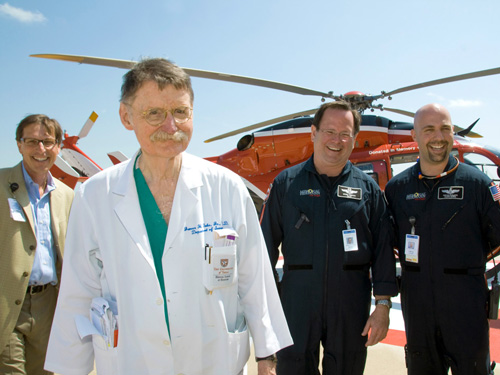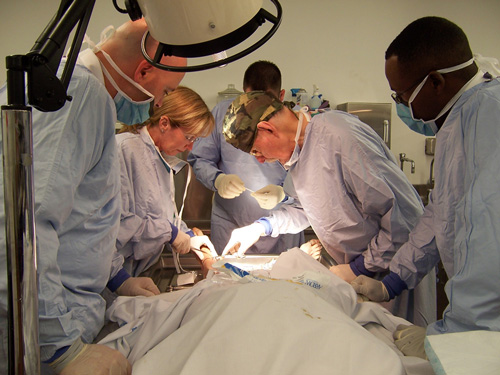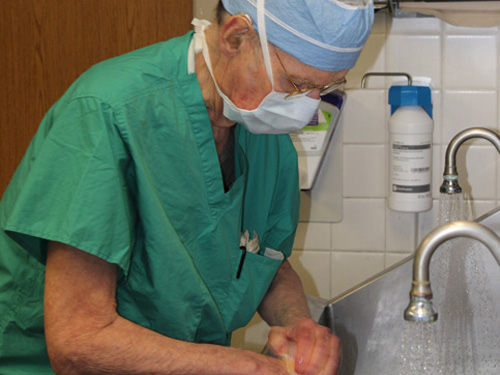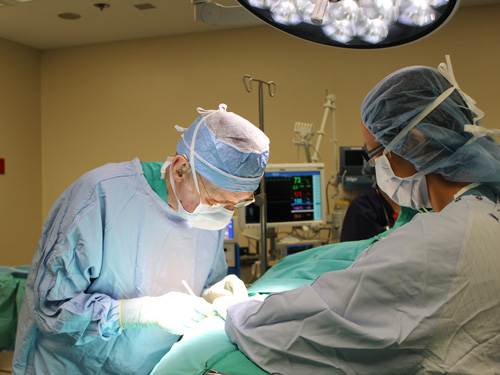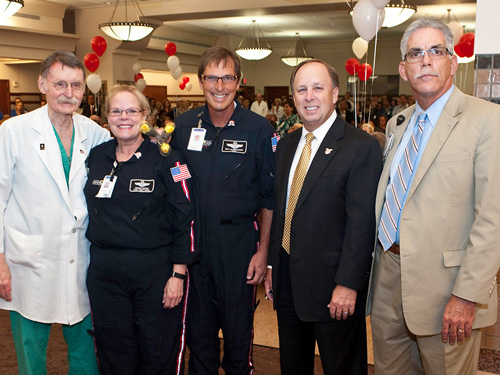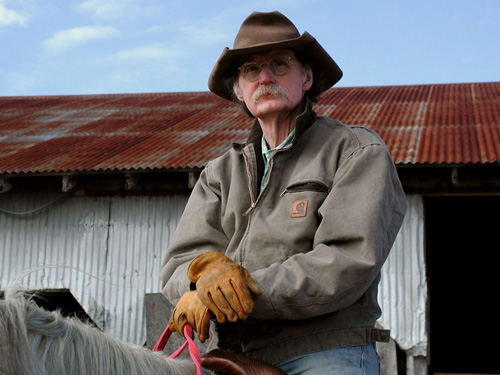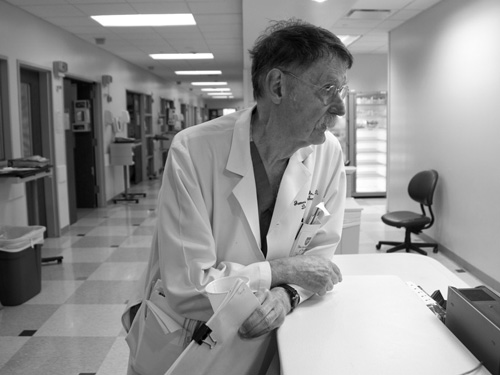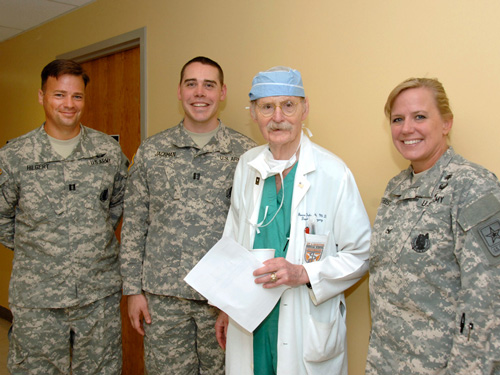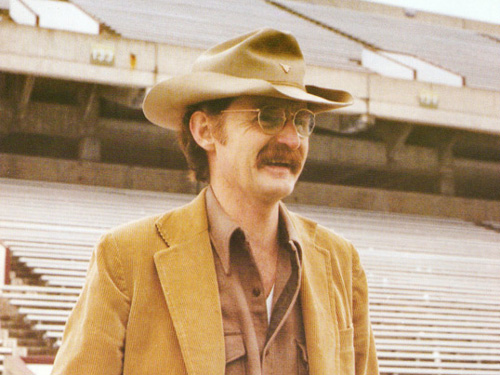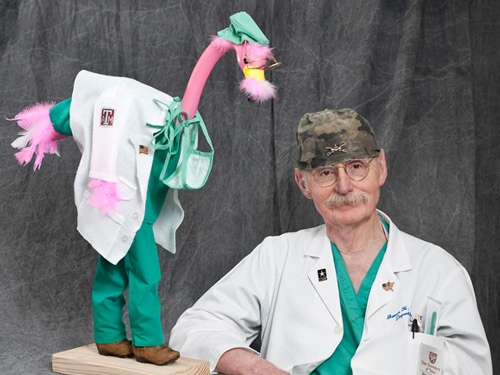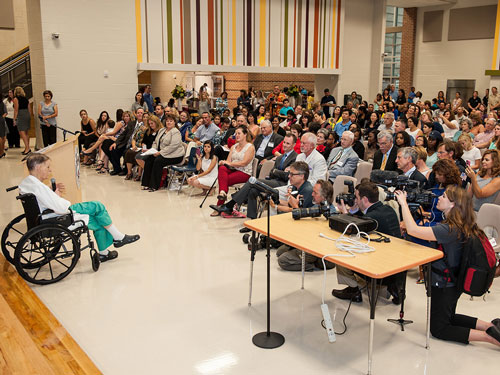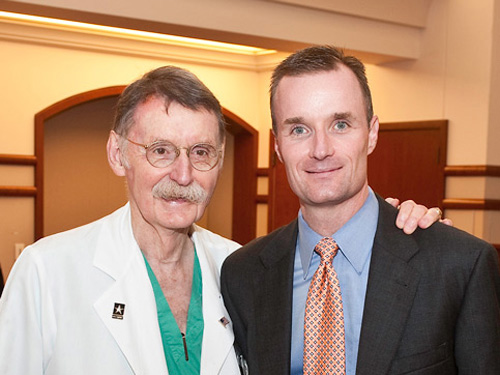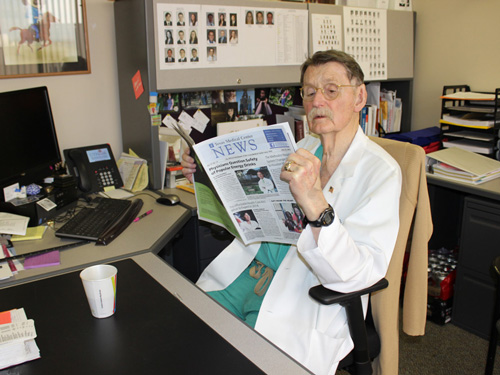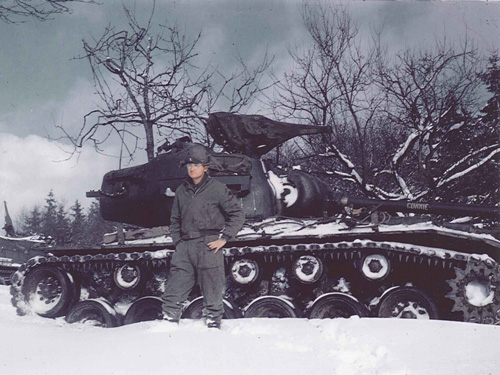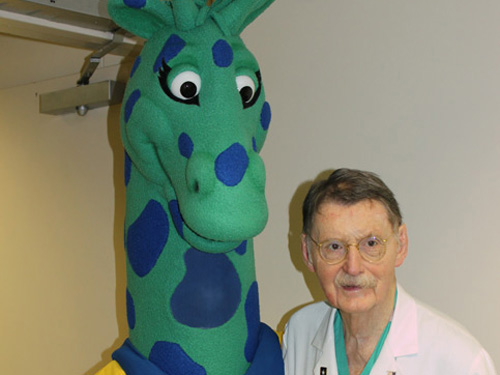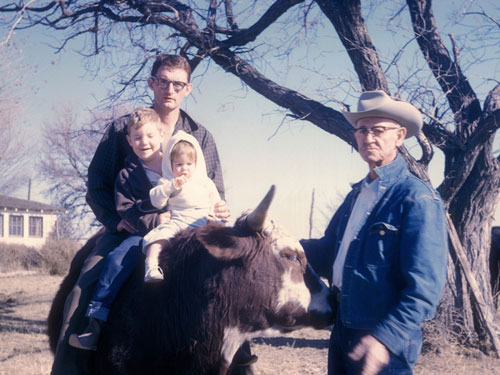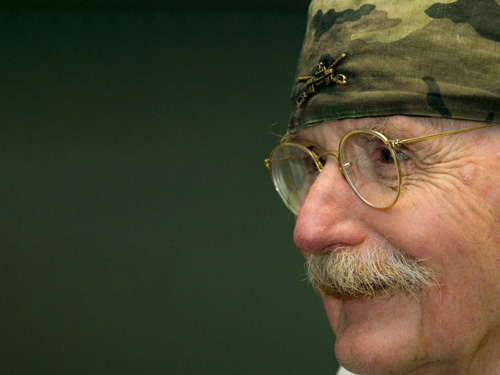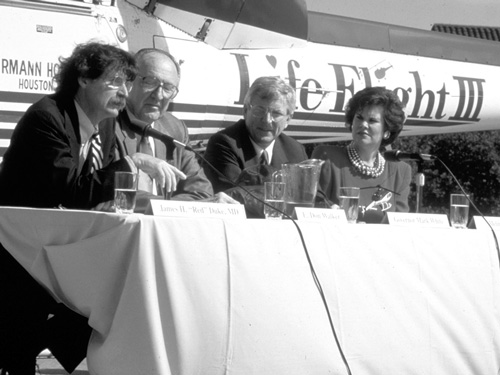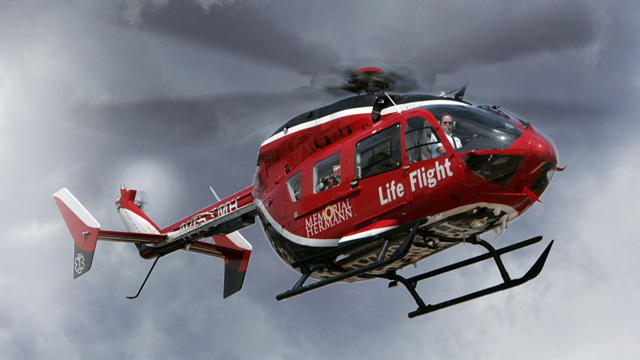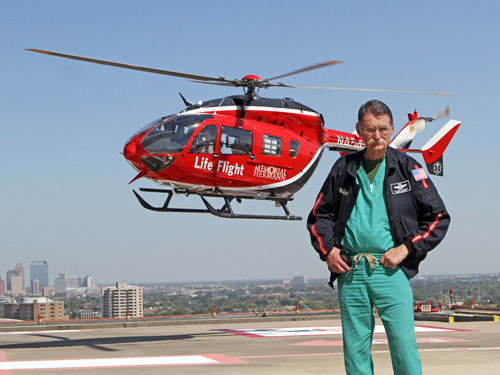
As one of the first faculty members at McGovern Medical School at UTHealth, Duke established the trauma service at the primary teaching hospital now called Memorial Hermann-Texas Medical Center. In 1976, he was instrumental in developing Life Flight®, the state’s first lifesaving air ambulance service. For almost four decades, he served as medical director of Life Flight, a signature program of Memorial Hermann Texas Trauma Institute. In 2016, Memorial Hermann Texas Trauma Institute was officially renamed Memorial Hermann Red Duke Trauma Institute as one of the many ways to continue Dr. Duke's legacy. “Dr. Duke was one of our country’s great doctors. He was a friend, a colleague, and a role model and mentor to a generation of doctors who benefited immensely from his guidance,” said Dan Wolterman, president and CEO, Memorial Herman Health System. Dr. Duke was known for his relentless and unprecedented dedication and impact on medicine, education and the medical community and made a lasting impact.
Dr. Red Duke Tribute Videos
A founding member of the American Trauma Society, Duke spent much of his medical career developing an infrastructure to provide better care for injured patients while also focusing on programs to prevent injuries. He played a critical role in the development of the EMS and trauma system in the state of Texas. His tireless pursuits also resulted in serious consideration for the position of U.S. Surgeon General in 1989.
As a result of the nationally syndicated television news program, Texas Health Reports, which educated millions about topics ranging from kidney stones to injury prevention to proper nutrition, he became one of the most recognized personalities in his field.
His trademark bottle-brush mustache, military-issued wire-rimmed glasses, Texas twang and colorful stories accented with a cowboy hat and folksy humor made Duke a one-of-a-kind folk hero with the personality of an old-fashioned country doctor and the extraordinary talent of a modern-day surgeon.
When the father of four wasn’t with his family, in the operating room, at his patients’ bedside or starring on a television program, he was an ardent conservationist, serving as past president of The Wild Sheep Foundation, The Boone and Crocket Club and founder of the Texas Bighorn Society, which has been successful in reintroducing bighorn sheep to West Texas.
Born in Ennis, Texas on Nov. 16, 1928, his family moved to Hillsboro, where the enterprising young Duke picked cotton, dug ditches and became the lone agent for the Saturday Evening Post and the Dallas Morning News while earning Eagle Scout rank. There he acquired his nickname, “Red,” for his curly red locks. Hunting and fishing in the surrounding countryside, he would often run across another red-head from nearby Abbott, Texas, who would become a legendary country singer and his lifelong friend, Willie Nelson.
Graduating from Hillsboro High School, Duke attended Texas A&M University and graduated in 1950 with a Bachelor of Science degree. At A&M, he achieved school-wide popularity and distinction as head yell leader and began a tradition as the first Aggie to recite “The Last Corps Trip” poem at the school’s bonfire. With his undergraduate degree in hand, he served for two years as an Army tank commander in Germany during the Korean War before enrolling in the Southwestern Baptist Theological Seminary in Fort Worth. He received a divinity degree in 1955.
During seminary, a book about Albert Schweitzer, M.D., inspired Duke to pursue a career in academic medicine. He thought that caring for patients and conducting scientific research while training the next generations of physicians would be the best ways he could serve his community.
Duke earned his medical degree in 1960 at The University of Texas Southwestern Medical School in Dallas. He completed his residency in general surgery at Dallas’ Parkland Memorial Hospital, where he helped save the life of wounded Texas Gov. John Connally in 1963 on the day President John F. Kennedy was assassinated.
Before accepting an appointment at McGovern Medical School at UTHealth, Duke served on the faculty at UT Southwestern and the College of Physicians and Surgeons in New York, where he pursued additional graduate studies in chemical engineering, biochemistry and computer sciences at Columbia University.
Dr. Duke passed away on August, 25, 2015 at the age of 86… but his legacy continues on through the thousands he taught and cared for throughout his career.
